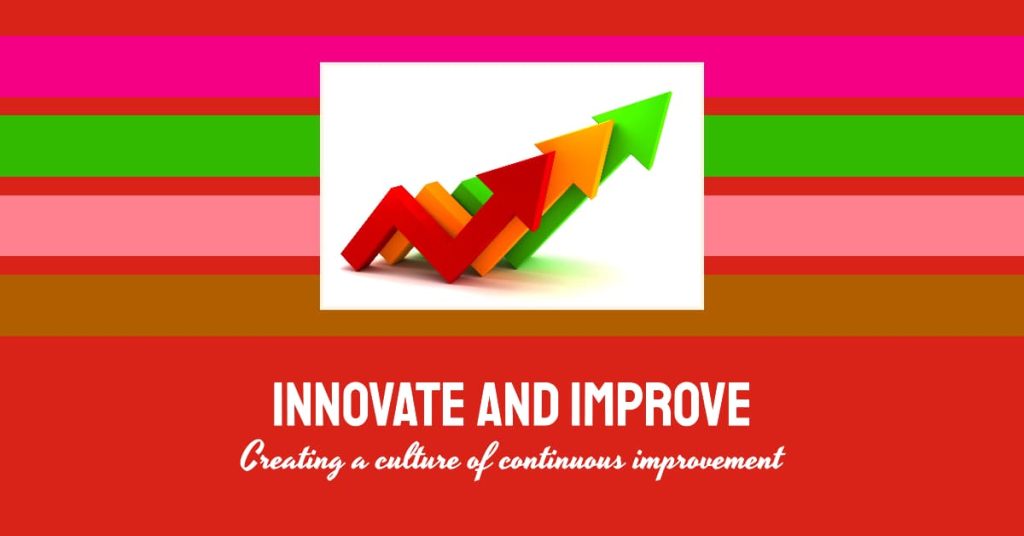
How Agile Leadership is Shaping the Future of Work at Valydmas
Organizations today are always changing to keep up with competition and stay relevant in this fast-paced world. The old ways of leadership, with strict hierarchies and fixed processes, are becoming less useful because businesses now face a lot of unpredictability and rapid changes in technology. That’s where Agile leadership comes in. It’s a modern leadership style that focuses on being flexible, adapting quickly, and driving innovation.
At Valdymas, a top company in its industry, Agile leadership has taken root and changed how work gets done. The company has shifted from the old way of managing, where leaders make all the decisions, to a system where teams are empowered to make decisions, solve problems, and constantly improve. This new way of leadership has allowed Valdymas to be more efficient, creative, and responsive to customer needs.
In this blog, we’ll explain how Agile leadership works, the benefits it brings to Valdymas, and how it is changing the future of work
What is Agile Leadership?
Agile leadership is a leadership style that focuses on giving teams the freedom to manage their own work, encouraging collaboration, and staying open to changes. It’s all about moving quickly, responding to new situations, and constantly learning and improving.
The idea of Agile came from the tech world, where software developers needed a faster and more flexible way to build products. Over time, these principles have been applied in other industries because they help companies stay nimble in a rapidly changing business environment.
How Valdymas Adopted Agile Leadership
Valdymas decided to adopt Agile leadership because it needed a new approach to stay competitive in today’s ever-changing market. At first, Agile was only used in its IT and software development teams. But as the company started to see faster results, better teamwork, and happier customers, it expanded Agile leadership throughout the entire organization—from marketing to HR to customer service.
Now, Valdymas runs with Agile principles at its core. Instead of leaders micromanaging their teams, they provide guidance and support while allowing teams to take charge of their work. This has created a more collaborative, empowered, and innovative environment across the company.
Key Features of Agile Leadership at Valdymas
Here are the main ways Agile leadership is practiced at Valdymas:
1️⃣ Empowering Teams
At Valdymas, leadership believes in empowering teams to make their own decisions. Instead of needing constant approval from higher-ups, teams are trusted to solve problems and find solutions on their own. This helps the company move faster and make quicker decisions.
For example, the product development team can make changes based on customer feedback without having to go through a long approval process. This means they can respond to customer needs much faster, which keeps Valdymas competitive.
2️⃣ Focusing on the Customer
One of the core values of Agile leadership is being customer-focused. At Valdymas, every decision and action is done with the customer’s needs in mind. Teams regularly ask customers for feedback and use that input to improve products and services. This way, they make sure they are always providing what the customer really wants.
3️⃣ Collaboration Across Teams
Agile leadership encourages cross-functional collaboration, meaning teams from different departments work together. For example, marketing, sales, and product teams at Valdymas regularly collaborate to create better products and strategies. By working together, they combine different skills and ideas, which leads to more creative and effective solutions.
4️⃣ Iterative Work and Continuous Improvement
At Valdymas, teams use an iterative process, which means they work on small chunks of a project, test it, and then improve based on the results. Instead of waiting for a huge project to be completed before making changes, they are always testing and improving along the way. This leads to better results and reduces the chance of big failures.
After every project cycle (or “sprint”), teams take a moment to reflect on what worked and what didn’t, so they can make improvements in the next round. This constant learning and tweaking is a key part of Agile leadership.
5️⃣ Being Flexible and Adaptable
Agile leadership is all about being flexible. At Valdymas, leaders and teams know that change is constant, whether it’s new technology, customer demands, or market shifts. They are always ready to adapt and make adjustments, rather than sticking to rigid plans that might not work anymore. This mindset of adaptability keeps the company ahead of the curve.
The Benefits of Agile Leadership at Valdymas
1️⃣ Higher Employee Engagement
Because teams at Valdymas are given the freedom to make decisions and solve problems, employees feel more engaged and invested in their work. They’re no longer just following orders; they’re actively shaping the direction of their projects. This increased ownership leads to better job satisfaction and lower turnover rates.
2️⃣ Faster Decision-Making
With less bureaucracy, teams at Valdymas can make decisions quickly. This faster decision-making allows the company to get products to market sooner, respond to changes more swiftly, and stay ahead of competitors.
3️⃣ Boost in Innovation
By encouraging experimentation and learning from mistakes, Agile leadership has led to more innovation at Valdymas. Teams are constantly testing new ideas, and even if something doesn’t work out, they learn from it and move on. This mindset helps foster a creative work environment where innovation thrives.
4️⃣ Improved Customer Satisfaction
Valdymas’ focus on being customer-centric has resulted in higher customer satisfaction. By actively listening to customers and quickly responding to their needs, the company has built stronger relationships with them. This has increased customer loyalty and improved the company’s reputation.
Challenges of Agile Leadership
1️⃣ Resistance to Change
When Valdymas first introduced Agile leadership, some employees were hesitant to let go of old habits. For people used to a traditional, top-down management style, the idea of decentralized decision-making was a big shift. Valydmas invested in training and communication to help everyone understand the benefits of Agile leadership and ease the transition.
2️⃣ Balancing Freedom and Accountability
One of the key challenges of Agile leadership is finding the right balance between giving teams the freedom to make decisions and ensuring they’re still held accountable for results. Valdymas addressed this by setting clear goals and regularly checking in on progress, making sure that autonomy didn’t come at the cost of performance.
Conclusion
Agile leadership has helped Valdymas become more innovative, responsive, and customer-focused. By empowering teams, embracing change, and fostering collaboration, Valdymas has created a work environment that’s better suited to today’s fast-changing world. The company’s journey shows that Agile leadership isn’t just for tech teams—it’s a powerful way to lead in any industry. As the business world continues to evolve, Agile leadership will remain a key factor in Valydmas’ ongoing success, allowing the company to stay competitive and relevant.
References
📍 Beck, K., Beedle, M., van Bennekum, A., et al. (2001). Manifesto for Agile Software Development. https://agilemanifesto.org/
📍 Rigby, D. K., Sutherland, J., & Takeuchi, H. (2016). Embracing Agile. Harvard Business Review. https://hbr.org/2016/05/embracing-agile
📍 Denning, S. (2018). The Age of Agile: How Smart Companies Are Transforming the Way Work Gets Done. AMACOM.



